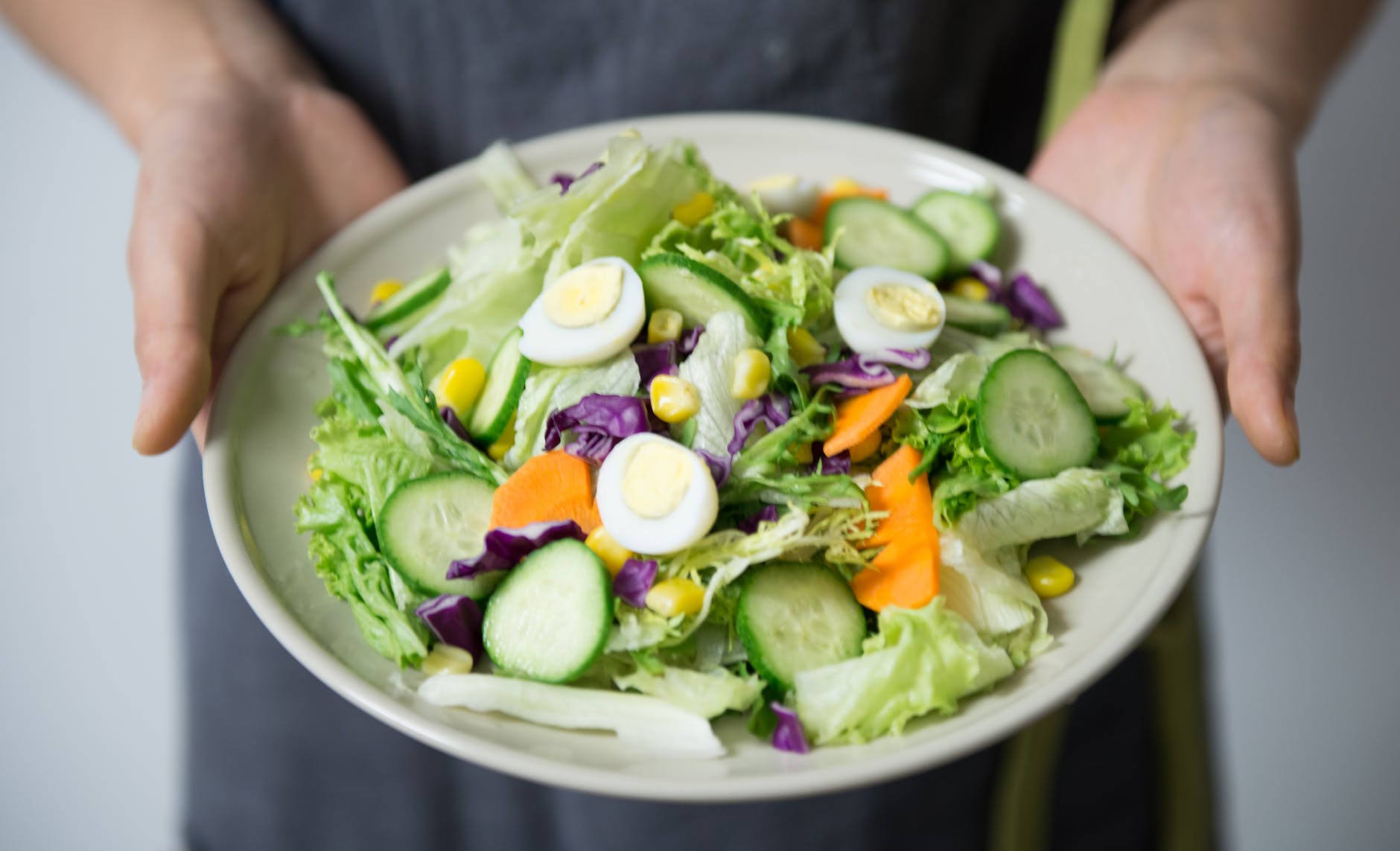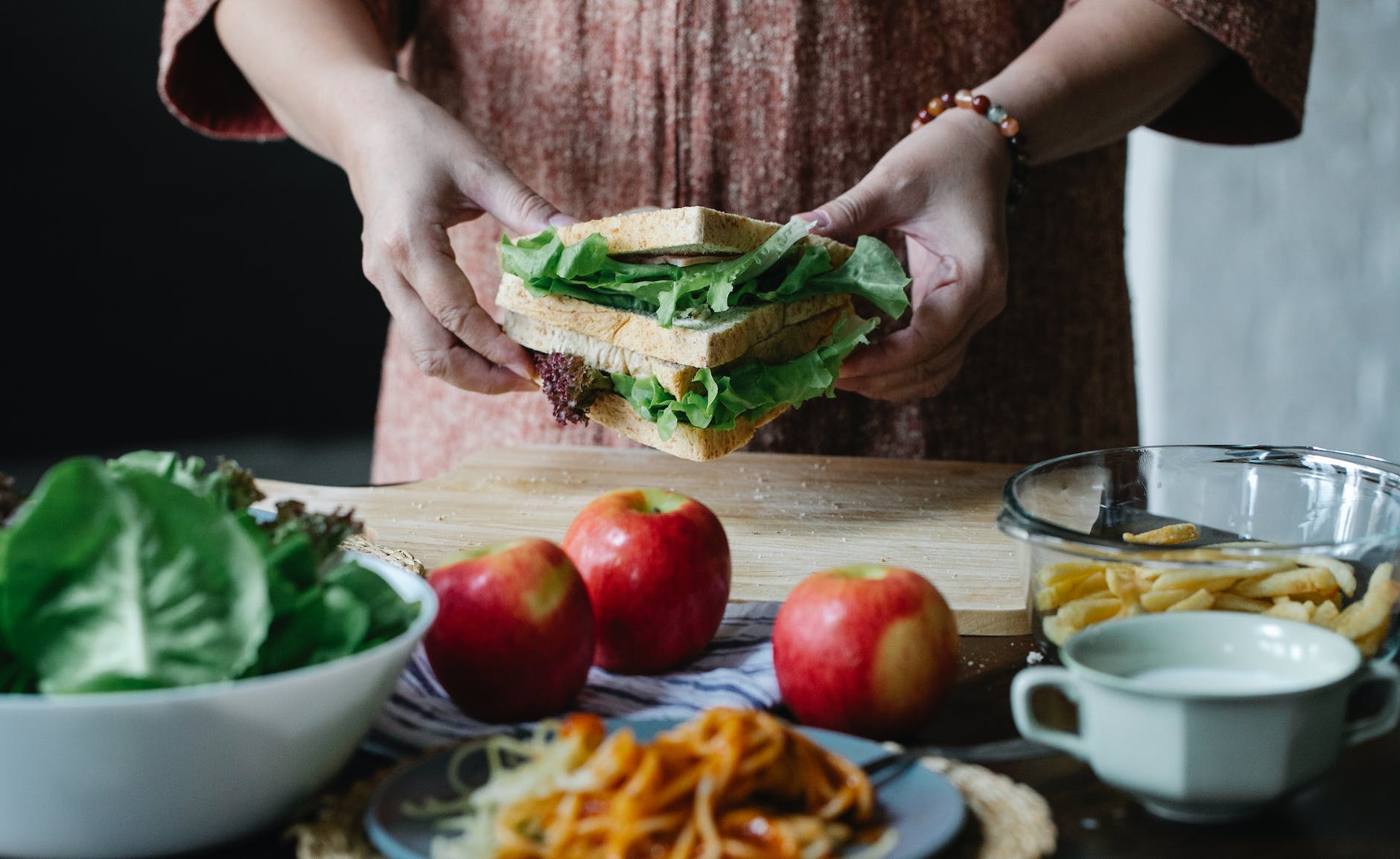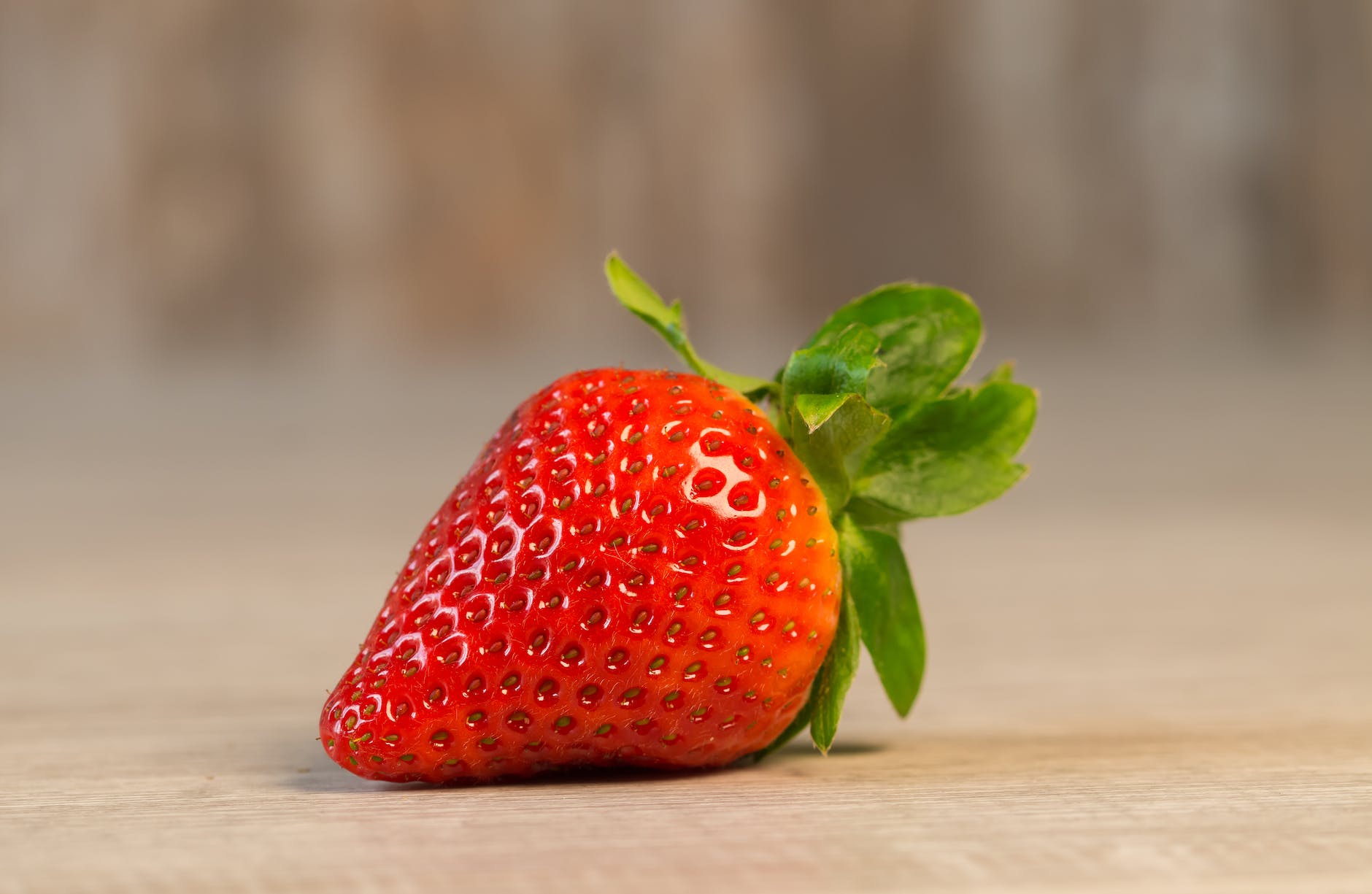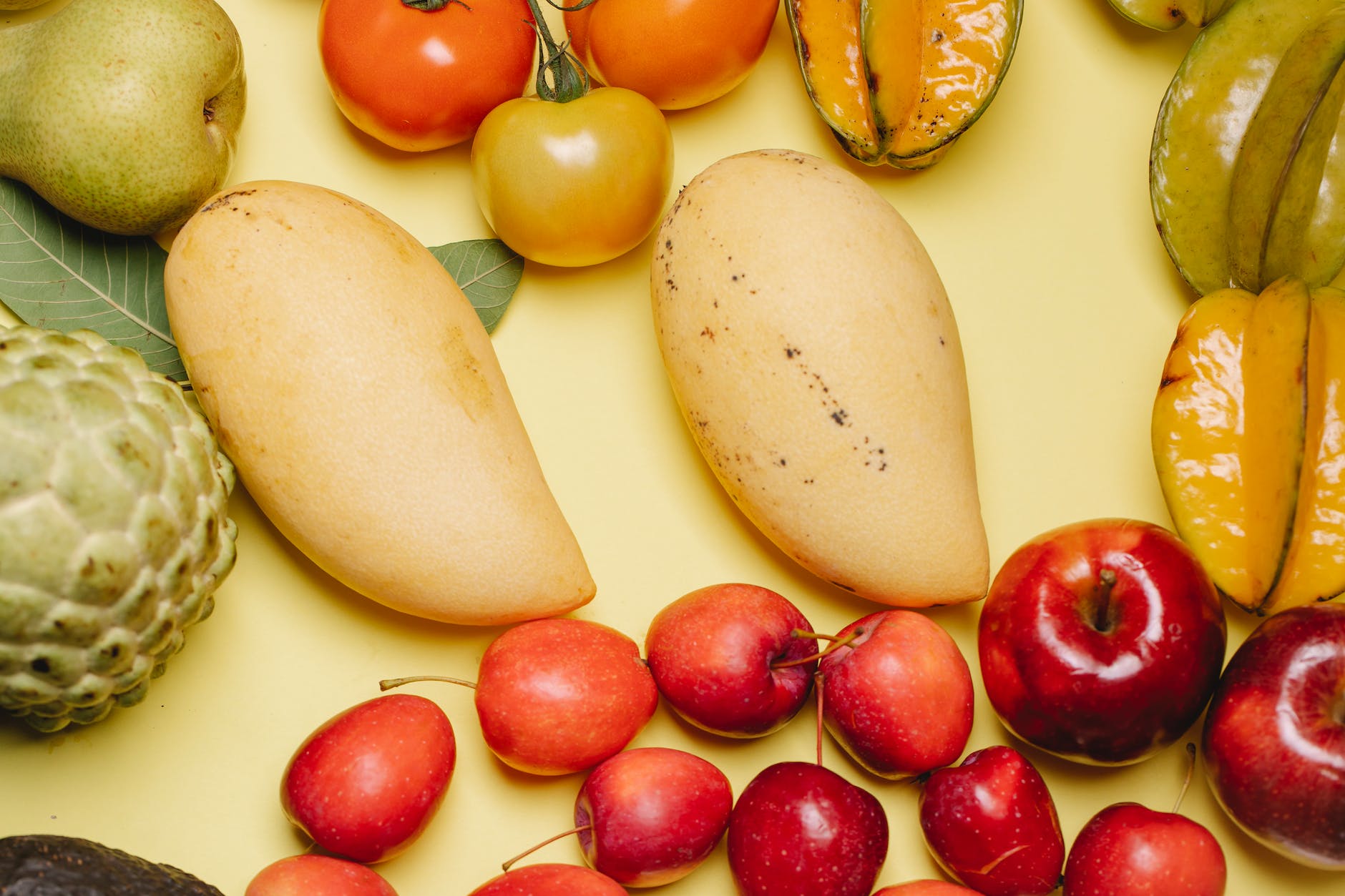
Adopting a low-carb, plant-based diet can be incredibly beneficial for your health. It combines the benefits of a plant-based diet — high in fiber, vitamins, and minerals and low in saturated fat — with the potential benefits of a low-carb approach, such as weight loss, improved blood sugar control, and enhanced cognitive performance.
However, meal planning can be a bit challenging when you’re trying to balance these two dietary approaches. Many plant-based proteins, like beans and whole grains, also come with a substantial amount of carbohydrates. The key lies in choosing high-protein, low-carb plant foods and complementing them with an array of non-starchy vegetables.
Here are 10 gourmet, low-carb, plant-based meal prep ideas that are high in protein and flavor without an excess of carbs. Each recipe includes detailed instructions, serving size, macronutrients, and essential meal prep information.
1. Tofu Stir-Fry with Non-Starchy Vegetables
Start this stir-fry by pressing your tofu to remove excess moisture, then cut it into cubes. In a large wok or skillet, heat a bit of olive oil and add your tofu, allowing it to brown on all sides. While your tofu is cooking, chop a medley of non-starchy vegetables — bell peppers for sweetness, broccoli for a satisfying crunch, and snap peas for a bit of fresh, green flavor. Once your tofu is browned, add in the vegetables, stirring frequently. Season your stir-fry with soy sauce, fresh minced garlic, and a sprinkle of ground ginger. Finish with a dash of sesame seeds for an added layer of flavor and texture.
- Serving Size: 250g
- Macros (per serving): 300 calories, 20g protein, 15g carbs, 18g fat
- Cooking time: 25 minutes
- Best time to eat: Lunch or dinner
- Storage instructions: Store in an airtight container in the refrigerator for up to 4 days. Best reheated before serving.
2. Mediterranean Grilled Tempeh Salad
Begin by marinating your tempeh in a blend of olive oil, lemon juice, oregano, and garlic. Allow it to soak up the flavors for at least an hour, then grill the tempeh until it’s golden and crisp. In the meantime, assemble your salad. Opt for a mix of leafy greens as the base, and add sliced cucumber, cherry tomatoes, and kalamata olives. For the dressing, whisk together tahini, lemon juice, garlic, and a bit of water to thin it out. Once your tempeh is ready, serve it atop the salad, drizzled with the tangy, creamy dressing.
- Serving Size: 300g
- Macros (per serving): 350 calories, 20g protein, 10g carbs, 25g fat
- Cooking time: 30 minutes (excluding marinating time)
- Best time to eat: Lunch
- Storage instructions: Store salad components and dressing separately in the refrigerator for up to 4 days. Best assembled right before eating.
3. Zucchini Noodles with Almond Butter Sauce
This meal starts by making your zucchini noodles, often referred to as “zoodles.” You can use a spiralizer or a vegetable peeler to create these light, noodle-like strands. Next, prepare your almond butter sauce by blending together almond butter, soy sauce, garlic, ginger, and a splash of lime juice until smooth. Pan-fry tofu cubes in a bit of olive oil until they’re crispy on all sides. To assemble, toss your zoodles with the almond butter sauce until they’re well coated, then top with your crispy tofu cubes. This dish offers a satisfying crunch and a rich, savory flavor profile that’ll keep your taste buds guessing.
- Serving Size: 200g
- Macros (per serving): 350 calories, 15g protein, 12g carbs, 28g fat
- Cooking time: 30 minutes
- Best time to eat: Lunch or dinner
- Storage instructions: Store components separately in the refrigerator for up to 3 days. Best assembled right before eating.
4. Cauliflower Rice Stuffed Bell Peppers
Begin by preheating your oven and prepping your bell peppers. Choose brightly colored peppers, cut off their tops, and remove the seeds. Next, prepare your cauliflower rice. You can buy pre-riced cauliflower or make your own by pulsing cauliflower florets in a food processor until they resemble rice grains. In a skillet, sauté onions and garlic until they’re fragrant, then add in the cauliflower rice and cook until it’s tender. Mix in cooked lentils for a protein boost, season with your favorite herbs and spices, and then stuff this mixture into your bell peppers. Bake until the peppers are tender and the tops are slightly browned.
- Serving Size: 300g
- Macros (per serving): 300 calories, 15g protein, 20g carbs, 14g fat
- Cooking time: 45 minutes
- Best time to eat: Lunch or dinner
- Storage instructions: Store in an airtight container in the refrigerator for up to 5 days. Best reheated before serving.
5. Tempeh Lettuce Wraps
Start by marinating tempeh in a mixture of soy sauce, rice vinegar, and a touch of maple syrup. After letting it soak up the flavors for at least an hour, pan-fry the tempeh until it’s crisp and caramelized. While the tempeh cooks, prep your veggies: thinly slice bell peppers, grate some carrots, and chop up a cucumber. Now, assemble your wraps. Use large, sturdy lettuce leaves (like romaine or butterhead), lay down a layer of veggies, add a few slices of tempeh, and top with a drizzle of peanut sauce.
- Serving Size: 300g
- Macros (per serving): 350 calories, 20g protein, 15g carbs, 20g fat
- Cooking time: 30 minutes (excluding marinating time)
- Best time to eat: Lunch or dinner
- Storage instructions: Store components separately in the refrigerator for up to 4 days. Best assembled right before eating.
6. Almond Butter Tofu Stir-Fry
Press tofu and cube it, then marinate in a mixture of almond butter, soy sauce, and lime juice. While the tofu is marinating, chop up non-starchy vegetables like bell peppers, snow peas, and broccoli. In a large pan or wok, stir-fry the tofu until it’s browned on all sides, then remove and set aside. In the same pan, stir-fry your vegetables until they’re tender-crisp. Add the tofu back in, and toss everything together to combine.
- Serving Size: 300g
- Macros (per serving): 375 calories, 20g protein, 18g carbs, 25g fat
- Cooking time: 30 minutes
- Best time to eat: Lunch or dinner
- Storage instructions: Store in an airtight container in the refrigerator for up to 4 days. Best reheated before serving.
7. Spaghetti Squash with Vegan Pesto
Roast a spaghetti squash in the oven until it’s tender enough to shred into strands with a fork, creating a low-carb, grain-free “pasta.” While the squash roasts, make your vegan pesto by blending fresh basil, garlic, pine nuts, nutritional yeast (for a cheesy flavor without the dairy), olive oil, and a squeeze of lemon juice. When the spaghetti squash is ready, shred it into strands, toss with the vegan pesto, and top with roasted cherry tomatoes for a burst of flavor.
- Serving Size: 300g
- Macros (per serving): 350 calories, 10g protein, 15g carbs, 28g fat
- Cooking time: 1 hour
- Best time to eat: Lunch or dinner
- Storage instructions: Store in an airtight container in the refrigerator for up to 5 days. Best reheated before serving.
8. Vegan Portobello Mushroom Fajitas
Marinate portobello mushroom slices in a blend of olive oil, lime juice, cumin, and chili powder. Sauté the mushrooms until they’re tender, then set aside. In the same pan, sauté bell peppers and onions until they’re soft and slightly caramelized. Serve the sautéed veggies and mushrooms in lettuce wraps, topped with avocado slices and a squeeze of fresh lime juice.
- Serving Size: 300g
- Macros (per serving): 300 calories, 10g protein, 15g carbs, 22g fat
- Cooking time: 30 minutes
- Best time to eat: Lunch or dinner
- Storage instructions: Store components separately in the refrigerator for up to 4 days. Best assembled right before eating.
9. Vegan “Egg” Salad Lettuce Wraps
Make a vegan “egg” salad by mashing tofu with vegan mayo, mustard, turmeric (for color), and black salt (which provides a sulfurous, eggy flavor). Add finely chopped celery and onions for a bit of crunch. Serve the “egg” salad in lettuce wraps, with a side of cucumber slices and cherry tomatoes.
- Serving Size: 300g
- Macros (per serving): 300 calories, 20g protein, 10g carbs, 20g fat
- Cooking time: 15 minutes
- Best time to eat: Lunch
- Storage instructions: Store the “egg” salad in an airtight container in the refrigerator for up to 4 days. Best served cold.
10. Vegan Zucchini Lasagna
Replace traditional pasta layers with thin slices of zucchini in this low-carb take on lasagna. Make a vegan ricotta by blending firm tofu with nutritional yeast, garlic, and fresh basil. Layer the zucchini slices with the vegan ricotta, marinara sauce, and sautéed mushrooms and spinach. Bake until the zucchini is tender and the top is golden and bubbly.
- Serving Size: 300g
- Macros (per serving): 300 calories, 20g protein, 15g carbs, 15g fat
- Cooking time: 1 hour
- Best time to eat: Dinner
- Storage instructions: Store in an airtight container in the refrigerator for up to 5 days. Best reheated before serving.
These ten low-carb, plant-based meal prep ideas offer a wealth of flavors and textures while keeping your carbohydrate intake in check. Happy cooking and meal prepping!













